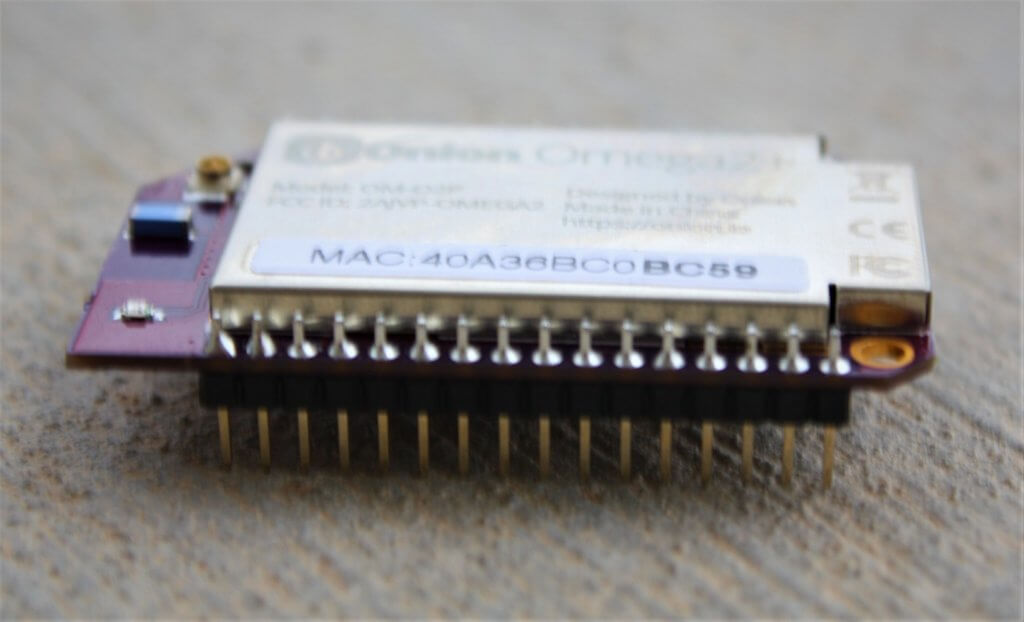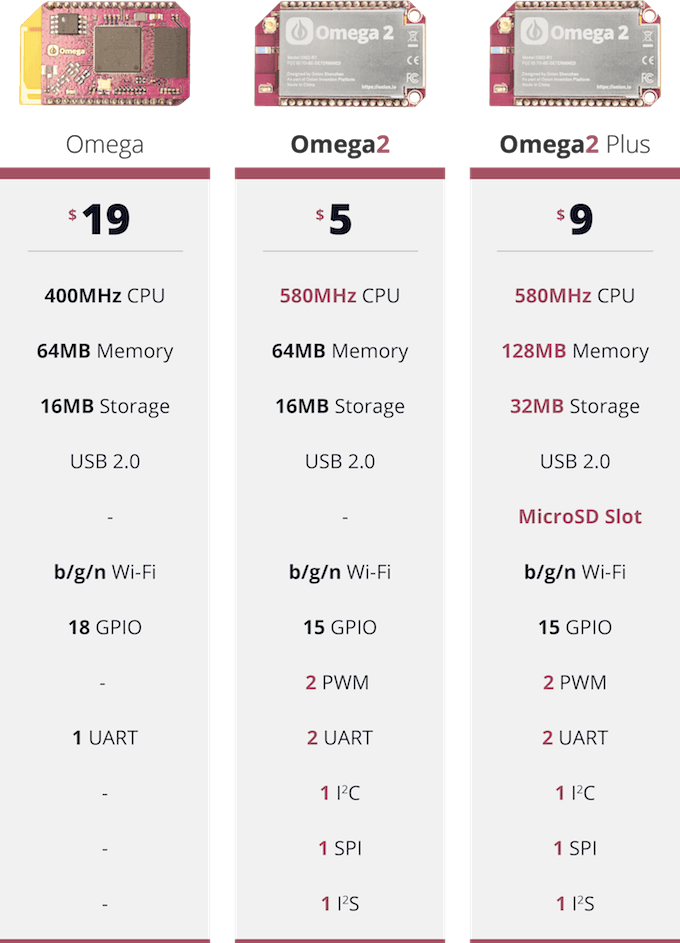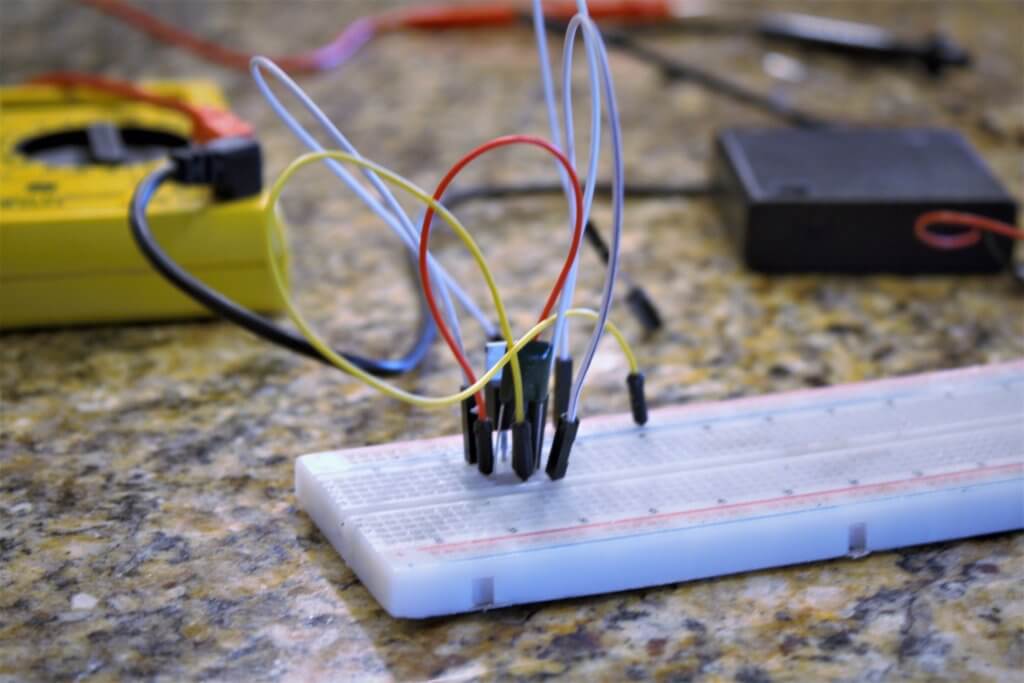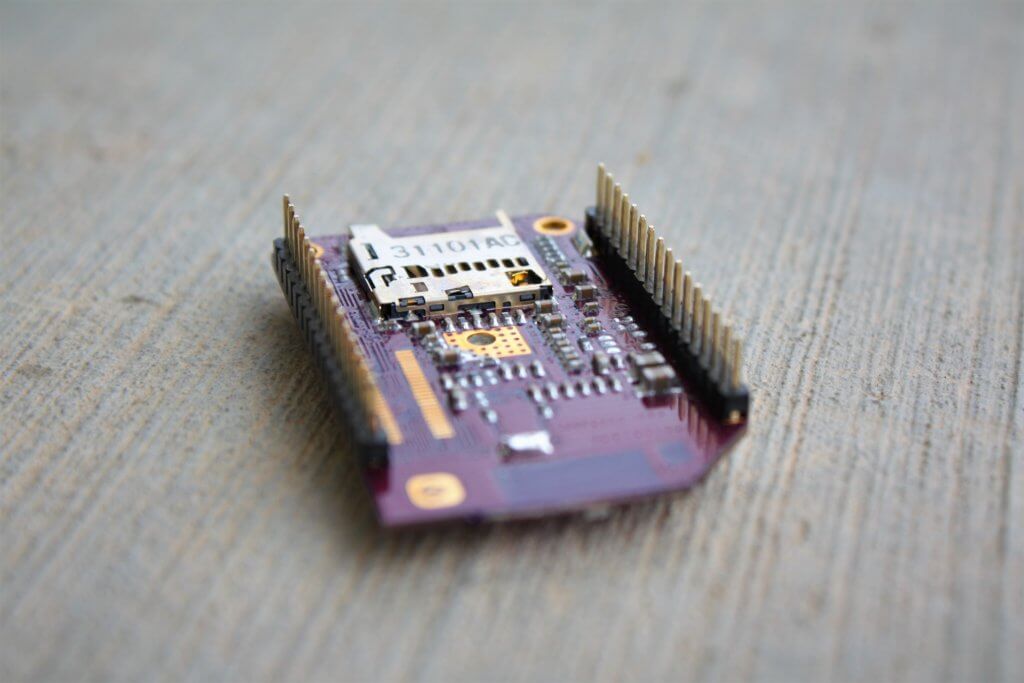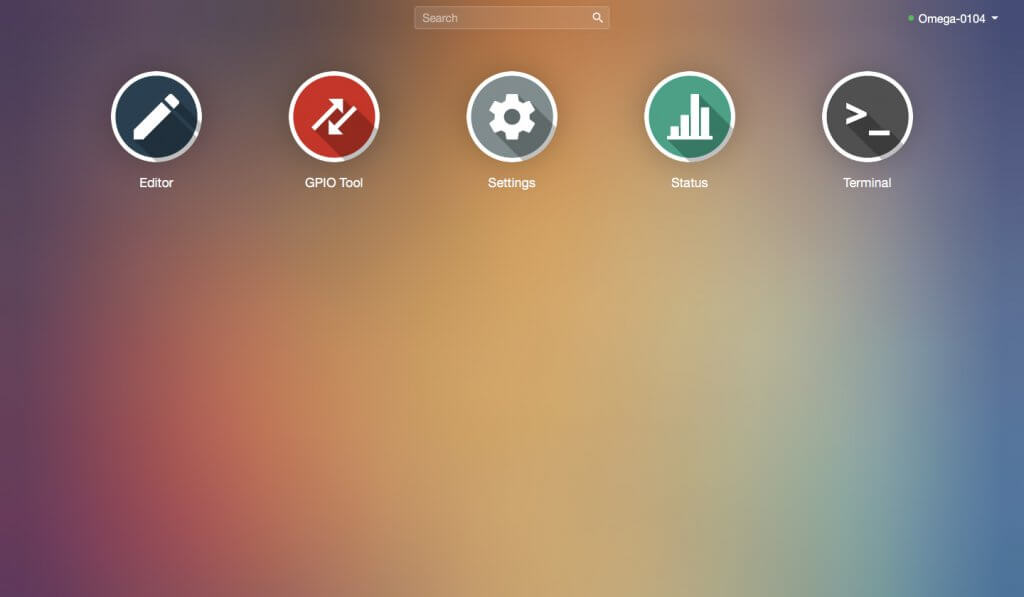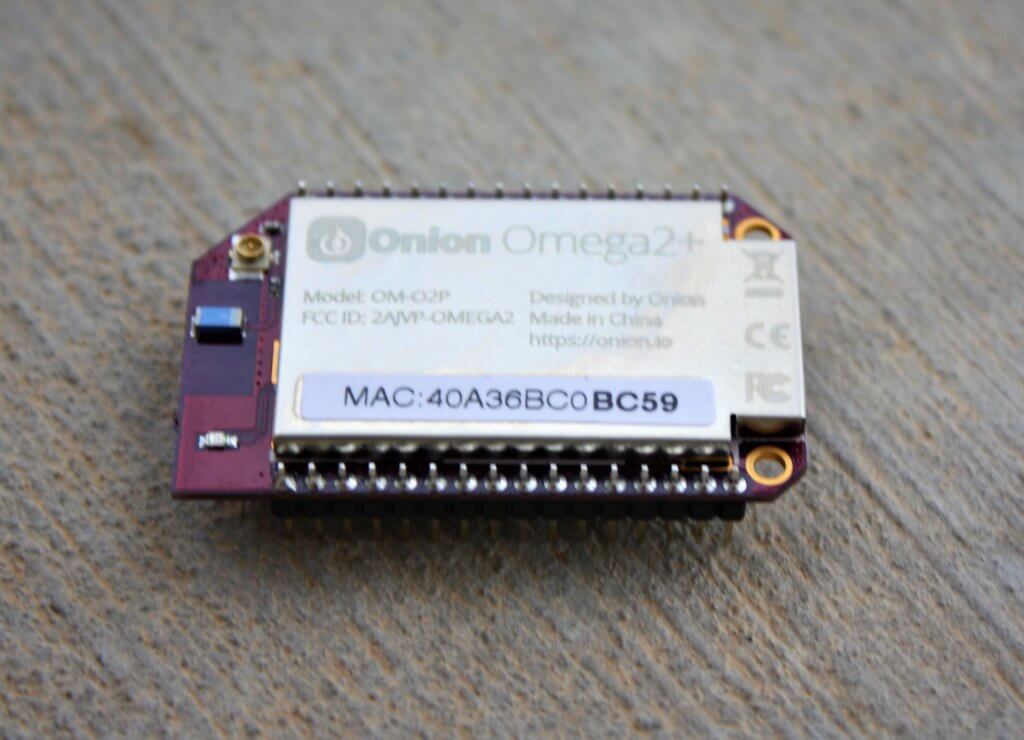Onion Omega2
The Omega2 is one of those increasingly popular single-board computers. It made its debut on Kickstarter last year. Is it any good?
I’ll be up-front about it. I’m not the target market for the Omega2. It’s similar to a Raspberry Pi Zero, but with one big difference: the Zero is designed for, well, doing a lot of things. The Omega2 is designed for IoT. Blasted Science has absolutely no interest in IoT whatsoever, but the price tag was absolutely irresistible at $5.
Actually, the version I’m reviewing is the $9 “Plus” version. The only difference is that the Plus variant has double the RAM and storage. This review should apply equally well to both models, though. Here’s the spec sheet:
Shipping Woes
For a brief time, I was very disappointed in Onion’s shipping ability. It had been more than a month longer than they promised and I still hadn’t gotten our Omega2. However, it turns out it wasn’t their problem. I had forgotten to fill out the delivery form on Kickstarter. Oops. My bad.
Setup
The Omega2 was much more difficult to setup than I thought. To power it via MicroUSB, you need dock, purchased separately. The dock costs twice as much as the computer itself, which is a big disappointment. If the Pi Zero can incorporate USB and keep the price under $5, it seems inexcusable to make it an add-on feature for $10. Being a tightwad, I passed on buying it and decided to build my own power supply. I already had all the parts except one: a voltage regular. I found a pack of 10 on Ebay for cheap.
The power supply isn’t complicated at all, and is well documented. However, it still gave me a bunch of problems, which once again were likely my fault. The Omega2 would start booting up, but the power light would turn off after 10-20 seconds. After spending hours trying to isolate the problem, I discovered it was my power supply. As a quick hack, I swapped out a broken-out phone charger with 4 AA batteries. Success!
The setup process is surprisingly simple and well-designed. You interact with the Omega2 via another computer; connecting it to the Omega2 via Wifi. You simply point your web browser at a specific IP address and the setup can begin. All you have to do is give it your Wifi password, and you’re done. Optionally, you can update your device’s firmware and install the “console”. After that, you’re ready to begin using it.
Usage
One advantage the Omega2 has over any Raspberry Pi is that it comes with 32Mb of storage (64Mb for the Plus); this allows it to run a full Linux installation out of the box, no microSD card required. While it’s by no means a sizable amount of storage, it’s enough for basic functionality. Fortunately, it does have a microSD slot.
You can interact with the Omega2 via SSH or serial, but I didn’t try either one. The simplest method of interaction is via the same IP address used for setup. If you choose to install the console, you get a good-looking web interface loaded with a few useful apps.
To reiterate, I have no interest in actually using this device for IoT. I poked around the various apps, but have no real use for any of it. I did install Python and test a few lines of code, but that’s been the extent of my testing so far.
The Bottom Line
The Omega2 is a well-designed, low-cost Raspberry Pi competitor, although its cheap price rises quickly with the addition of basically-required accessories. It’s also pretty good at doing IoT things. Probably. I wouldn’t know. But it’s cool. It made a fine addition to my collection.
Various accessories for the Omega2 can be purchased at the official store.

